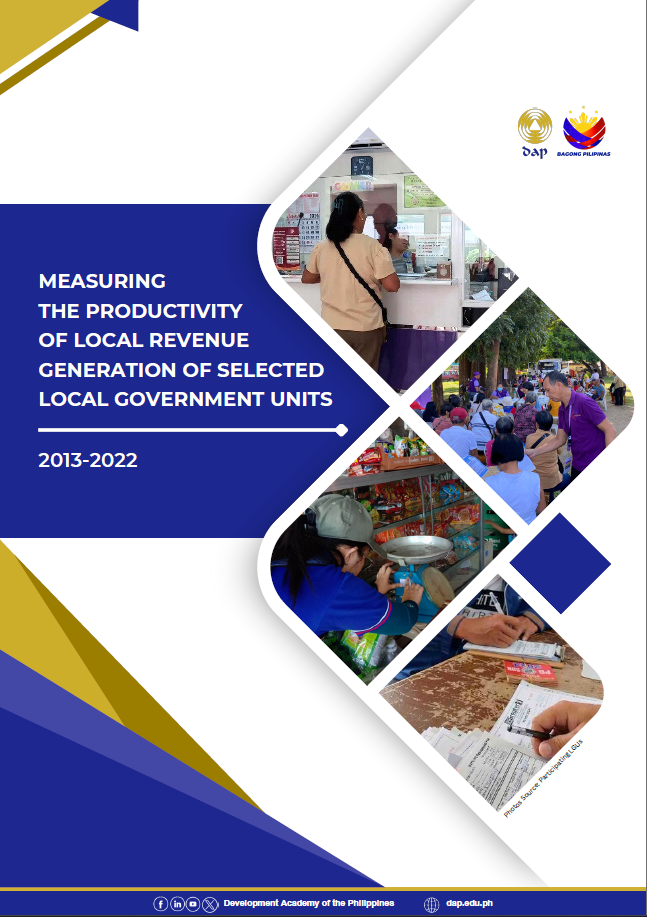The CvSU presents the case of a cost-efficient SUC which was able to successfully hurdle the adverse effects of the COVID pandemic through prompt adjustment measures. It’s agency-level output TFP averaged 143.1 during the period under study. Although its cost-effectiveness needs to be further determined given the limited data on its outcomes. The productivity of CvSU is most determined by its programs according to their budget share. Fortunately, the HEP which utilized 94% of the CvSU’s appropriated funds is cost efficient, having output TFPs which averaged 127. The COVID pandemic favorably affected this cost efficiency as the University promptly resorted to the online teaching modality, changed its admissions policy, and expanded
its enrollment capacity. The HEP also became cost-effective in terms of the number of passing first time licensure examination takers after the pandemic, starting 2022, as the easing of the pandemic restrictions allowed the resumption of licensure examinations. The HEP averaged a 115.3 effectiveness score from 2022 to 2023. The RP, which utilized 3.8% of the CvSU budget, had the second highest efficiency score among the programs, averaging 132.3 although its effectiveness score in terms of its combined outcomes was lower at 101.7. The TAEP which utilized 1.9% of CvSU funds, was also cost-efficient with a score which averaged 112.2 but it was more cost-effective with a 125.9 score in terms of the number of active partnerships maintained with LGUs, industries, and other stakeholders. Lastly, the AEP was cost-efficient with an output TFP score which averaged 104.8.
Source:
Asian Productivity Organization |
Click here to download


